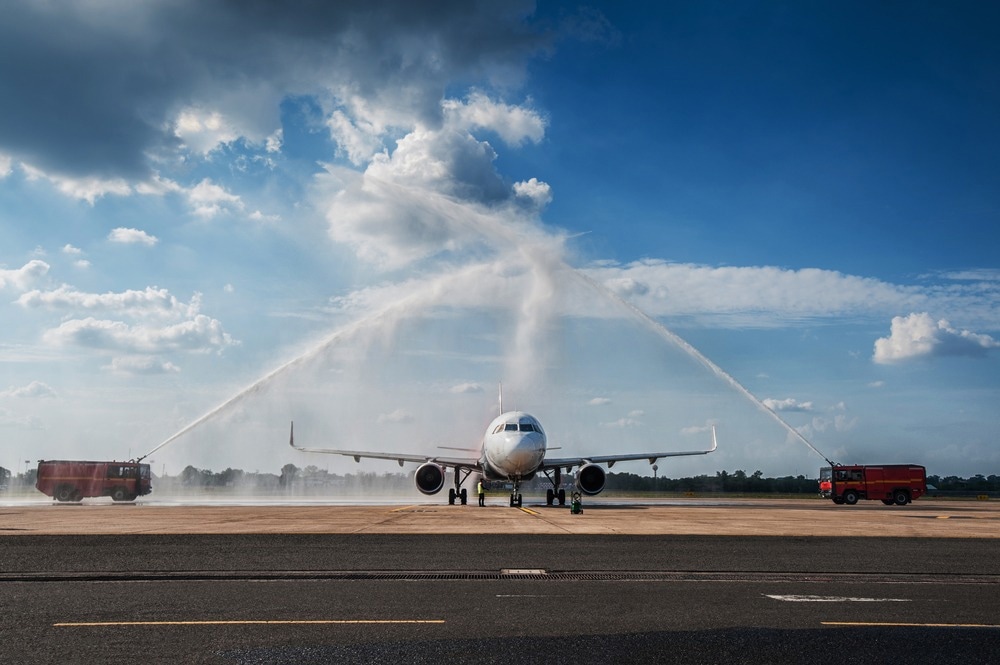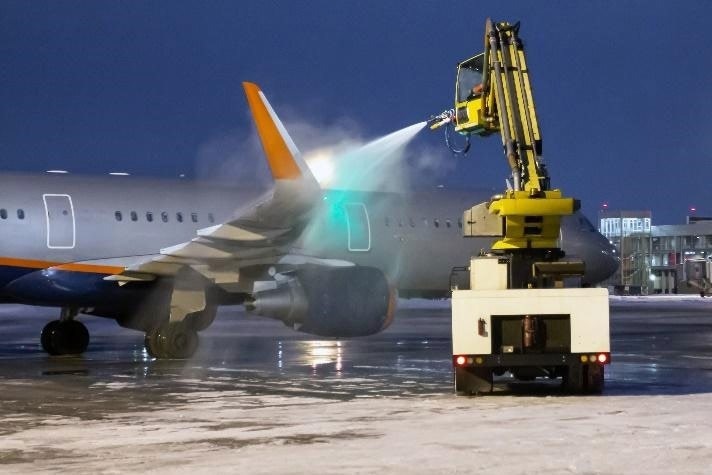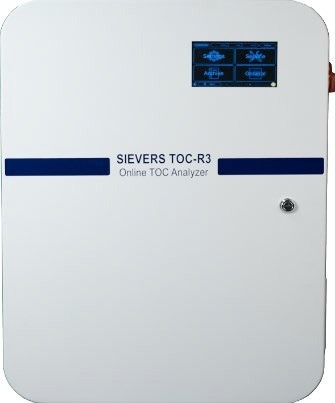Water is used, managed, and discharged throughout an airport facility in a variety of ways. To determine how to treat the water, and to comply with discharge permits, the weather, location, volume utilized, and contamination levels are all taken into consideration. Total organic carbon (TOC) is a critical tool used for fast analysis and decision making.

Image Credit: ShutterStock/sandyman
The management of water containing deicers and anti-icers used during winter months is a significant challenge faced by airports, as well as reducing and reusing water for cooling in warmer climates.
Whether separating sanitary water from industrial waste or treating onsite, there must be constant consideration of reducing the loading to local municipalities and, ultimately, the environment.
Enhanced strategies for handling water usage at airports may reduce water usage, and enhance opportunities for potential reuse.
Challenge
Many challenges regarding contamination originate from deicing/anti-icing runways and aircraft. This process releases urea, glycol, and acetates. Further contamination may arise from fuel leaks or spills, cleaning chemicals, and firefighting foams.
These compounds and their byproducts are known to have toxic effects on local ecosystems, such as oxygen depletion and eutrophication. As a result, airports are improving their efforts to monitor and control the discharge of these contaminants.
As these compounds are all organic, monitoring total organic carbon (TOC) provides an effective and efficient method to manage these concerns. Currently, many airports utilize Chemical Oxygen Demand (COD) and Biochemical Oxygen Demand (BOD) for water monitoring. BOD requires five days to complete, while COD requires two hours to complete but uses toxic chemicals. In comparison, monitoring TOC is the preferred technique since it is a fast and direct way to track organic contamination in real-time without releasing hazardous chemicals.

Figure 1. Airplane de-icing at night. Image Credit: iStock
Airports also face a further challenge regarding water monitoring: identifying where, what, and how frequently airport runoff must be measured and ensuring that the monitoring program can efficiently manage these requirements.
In general, high-risk locations are a priority for monitoring, but any discharge into a waterway or surrounding groundwater also requires monitoring for compliance.
Treating airport runoff may include separation and glycol recovery, preliminary treatment, such as biological reduction of organics, and onsite treatment. Some areas experiencing water stress must expand onsite treatment to deliver water for reuse.
Many airports with monitoring programs have demonstrated that real-time instrumentation significantly reduces treatment costs, discharge pollutants, and associated penalties.
Methods such as COD and BOD do not deliver the required speed and efficiency to support fast decision-making. However, contamination can be tracked effectively with real-time monitoring through TOC, which enables decisions that utilize data to drive treatment efficiency.

Figure 2. Workers cleaning airport truck. Image Credit: iStock
Solution
Employing online TOC analyzers to monitor organics in real-time provides significant value for airports worldwide. For an instrument to meet the requirements of this industry, it must be reliable, robust, and responsive.
The Sievers TOC-R3 uses a simple and effective high-temperature, catalyst-free combustion to improve uptime, flexibility, and automation.
For an analyzer to be effective for such monitoring applications, it must establish a consistent baseline in the low detection range for normal runoff, fuels, and discharge concentrations.
The analyzer must also demonstrate the ability to quickly detect a sharp change in the high detection range to separate, divert, or treat the significant variation in contamination. In the case of the Sievers TOC-R3, when the loading is high, the analyzer can dilute the sample and clean the system using automated rinsing.
The TOC-R3 uses the traditional measurement of organics with Non-Purgeable Organic Carbon (NPOC) or TOC modes. It can also monitor Total Nitrogen (TN) for discharge or Volatile Organic Carbon (VOC) for cooling.
Conclusion
Airports must employ more effective and efficient ways to use, manage, and discharge water. The industry faces challenges with increased regulation, unpredictable weather events, and increased demand for water reuse.
Monitoring runoff facilitates smarter diversion, separation, and proper treatment to discharge safely to the environment. Using real-time organics, TOC monitoring allows the detection of contaminants of concern, such as urea, glycols, and other chemicals associated with deicing/anti-icing, firefighting, and cleaning.
Airports can enhance their water management to achieve higher sustainability, efficiency, and compliance by employing a proper instrument with reliable operation, robust oxidation, and responsive data.

Figure 3. Sievers TOC-R3 Online TOC Analyzer. Image Credit: Veolia Water Technologies & Solutions

This information has been sourced, reviewed and adapted from materials provided by Veolia Water Technologies & Solutions.
For more information on this source, please visit Veolia Water Technologies & Solutions.